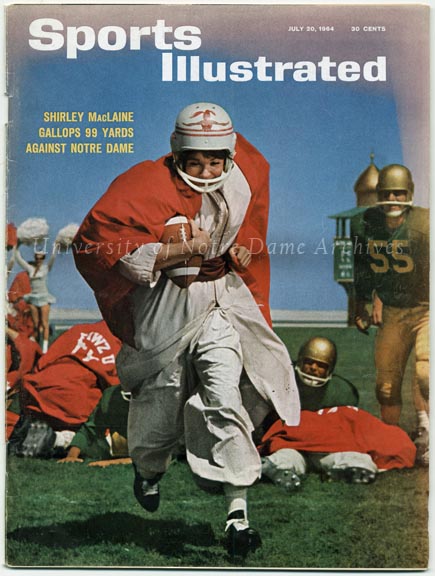
On March 1, 1837, in the town of Saint-Croix near Le Mans, France, Blessed Basil Antoine-Marie Moreau joined his band of auxiliary priests with the Brothers of St. Joseph, which was founded by Father Jacques-François Dujarie. The Vatican officially recognized this group of priests, brothers, and sisters as the Congregation of Holy Cross in 1857.

In 1841, Moreau sent Rev. Edward Sorin, CSC, from Le Mans, France, to a newly formed diocese in Vincennes, Indiana. Sorin’s ambition was stifled in Vincennes, so when Bishop Celestine de la Hailandiere conceded to let Sorin establish a college elsewhere in the diocese, he quickly jumped on the opportunity. As luck would have it, Rev. Stephen T. Badin had sold the Diocese of Vincennes land just north of South Bend, Indiana, in 1835, with the intent of using it for an educational institution. The land became available to Sorin and upon his arrival in November 1842, he renamed the area Notre Dame du Lac. After serving as President of the University of Notre Dame for 23 years, Sorin became Superior General of the order in 1868 and served in this position until his death in 1893. As such, Notre Dame’s history is inevitably an important part of the history of the Congregation of Holy Cross (CSC).
The Notre Dame Archives houses many records concerning the Congregation of Holy Cross and its members, particularly of those who have connections to the University of Notre Dame. Other notable repositories of Holy Cross materials in the Notre Dame area are the Indiana Province Archives, the Midwest Province of the Brothers’ Archives, and the Sisters’ Archives.
Sources:
“Fundamental Act of Unity, March 1, 1837”
“Holy Cross Celebrates 175 Years” by Fr. Arthur J. Colgan, C.S.C. (published 03/01/2012)
“Moreau’s Faith & Vision: A quick biography of Blessed Basil Moreau, CSC”
“The University of Notre Dame: A Portrait of Its History and Campus,” by Thomas Schlereth

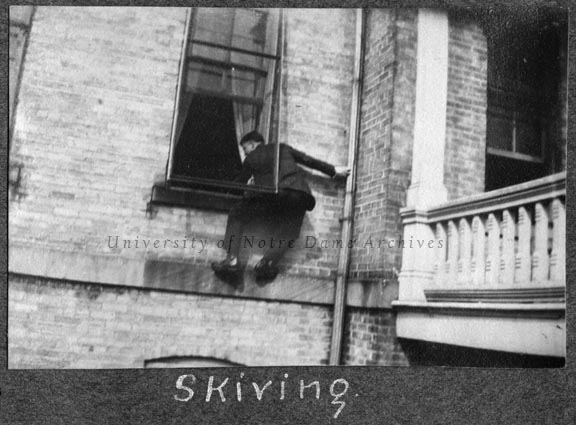


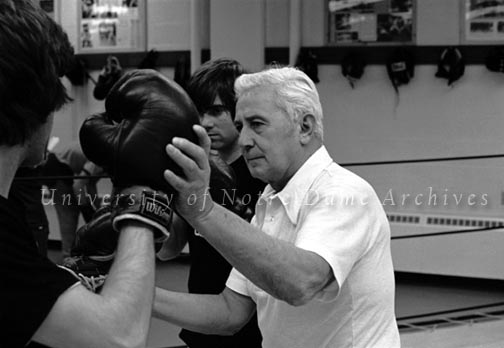



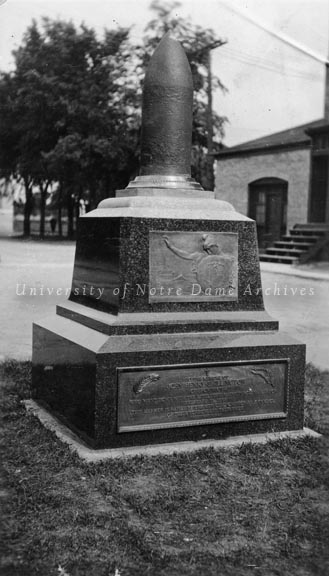







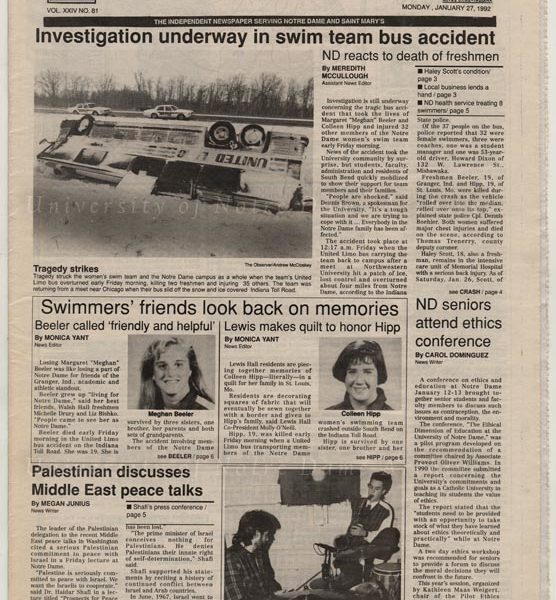
 Front page of the 01/27/1922 issue of The Observer
Front page of the 01/27/1922 issue of The Observer
 Dr. Stephen J. Rogers Jr. explores a textured campus map as Architecture student Leroy Courseault, who designed and constructed the map, looks on, 1978/0515
Dr. Stephen J. Rogers Jr. explores a textured campus map as Architecture student Leroy Courseault, who designed and constructed the map, looks on, 1978/0515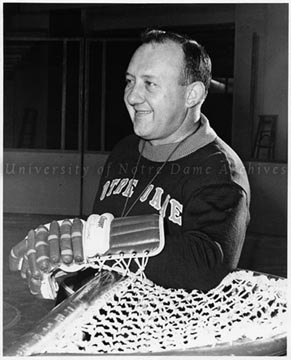
 Hockey Coach Charles “Lefty” Smith, c1970s
Hockey Coach Charles “Lefty” Smith, c1970s Hockey Coach Charles “Lefty” Smith teaching techniques to a group of boys on the ice during a youth sports camp, 1978/0720
Hockey Coach Charles “Lefty” Smith teaching techniques to a group of boys on the ice during a youth sports camp, 1978/0720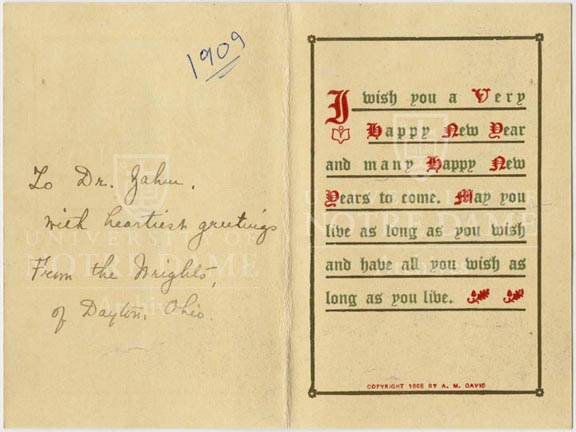
 Scholastic, December 28, 1867
Scholastic, December 28, 1867